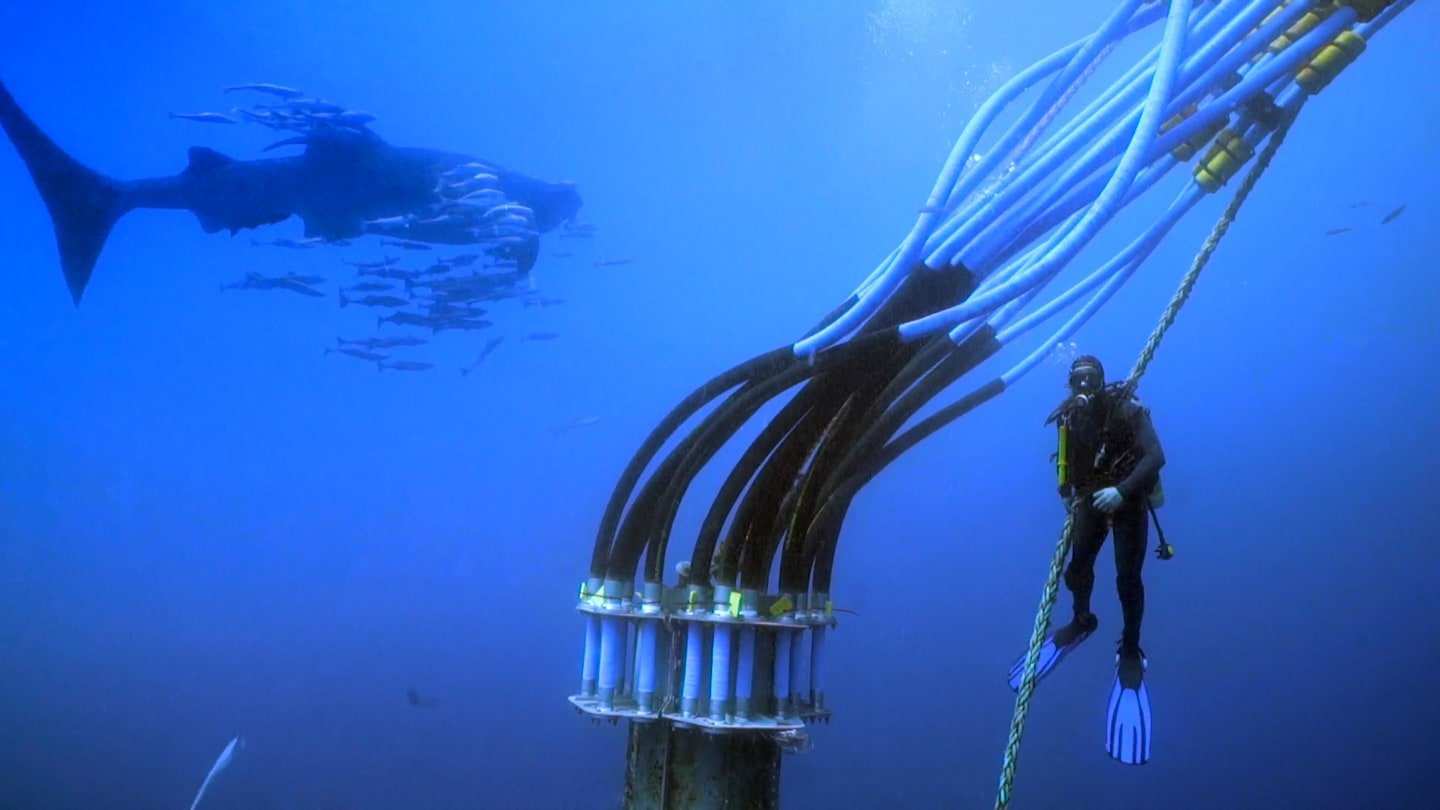Friday, 16 January 2026

FlowFeeder is gentler on pellets than air-blown systems and enhances feeding regimens by minimising lost feed days
Innovasea, a global leader in technologically advanced aquatic solutions for aquaculture and fish tracking, today introduced FlowFeeder, a waterborne feeding solution that gently delivers feed to fish below the surface, minimising pellet damage and loss that’s common with air-blown feeding systems.
“FlowFeeder provides a better way to feed fish because it gets more pellets directly into the pen underwater,” said Langley Gace, senior vice president of Innovasea. “Rather than blowing feed pellets onto the surface above the fish pen where they can drift away, FlowFeeder delivers the feed at the depths where fish prefer to congregate. That means less waste and better feed conversion ratios – one of the keys to profitability at any fish farm.”
FlowFeeder is an end-to-end feeding solution that can deliver feed to multiple pens from a single, centralised point. It mixes feed pellets with water on the feed vessel and then gently carries the mixture into the pens.
The waterborne delivery system requires less power than air-blown systems and can reduce energy costs by up to 50 per cent – with farms that use diesel generators to power their feeding operations shrinking their carbon footprint as a result. Waterborne delivery also reduces damage to feed pellets, which are often fractured when blown through pipes by an air compressor.
FlowFeeder features a proprietary feed dispenser that can be placed at the ideal feeding depth for the species – and it does a better job distributing the pellets throughout the pen for all fish.
Because the feed pellets are delivered at depth, FlowFeeder enables farm operators to feed even when there are heavy waves, strong currents or surface threats such as harmful algal blooms or sea lice. That keeps fish stocks safe and significantly reduces the number of lost feed days to help keep growth targets on track.